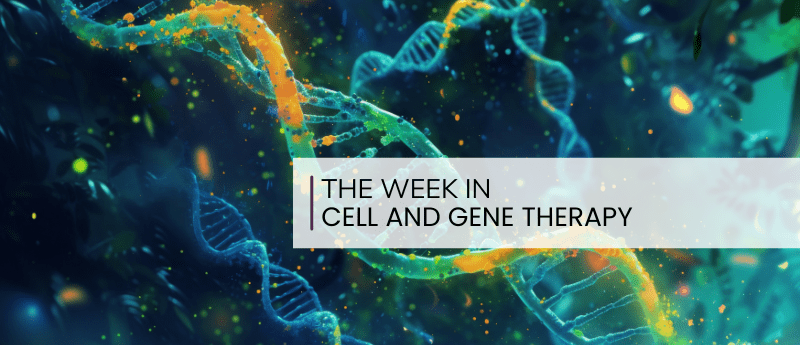LC–MS for the Separation of Biopharmaceuticals Reviewed
A recent study published by scientists at the National Institute of Pharmaceutical Education and Research (NIPER) in West Bengal, India highlighted advancements made in analytical technologies for emerging drug modalities and liquid chromatography–mass spectrometry (LC–MS) systems. Their findings were published in the Journal of Chromatography A (1).
The biopharmaceutical industry is growing rapidly in several areas including oncology (2). This stems from numerous innovations that have led to the creation of new drug modalities. Within the past 20 years, new modalities have emerged that involve gene and cell therapies, RNA drugs, and complex biologics, among others. Some of these biopharmaceuticals are close to being approved for clinical use, while others are already on the market. To date, annual sales for new modalitie(outside of mRNA) have reached approximately $20 billion, raising the overall market cap for biopharma companies by over $300 billion, according to research from Boston Consulting Group (2).
However, the analytical development of these products can be challenging. Quantifying the products and components of conjugated molecular structures is vital for guiding therapeutic development for preclinical and clinical research, given how complex they can be. Further, vast amounts of information are needed for measuring these modalities with liquid chromatography–mass spectrometry (LC–MS) techniques. LC–MS can be very sensitive, with high mass accuracy, and a reliable operation, leading to the development of various LC–MS-base; however, these methods have faced different problems, leading to alternative approaches being made.
Developing biomolecules that are complicated and low in concentration requires a skilled LC–MS-based approach and knowledgeable personnel. For accurately quantifying biotherapeutics, target analytes (such as a protein or peptide) are selectively captured from complex samples using hybridliquid chromatography-tandem mass spectrometry (LC–MS/MS) techniques. This is like conventional ligand binding assays (LBA), where hybrid LC–MS/MS only requires one antibody compared to traditional LBAs requiring two antibodies, the scientists wrote.
visit: toppharmaceutical.org
Registration: Registration Now
For Enquiries : pharmaquerys123@gmail.com
Get Connected Here
------------------------------
------------------------------



Comments
Post a Comment